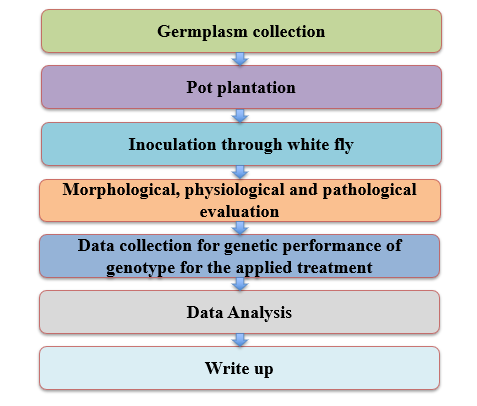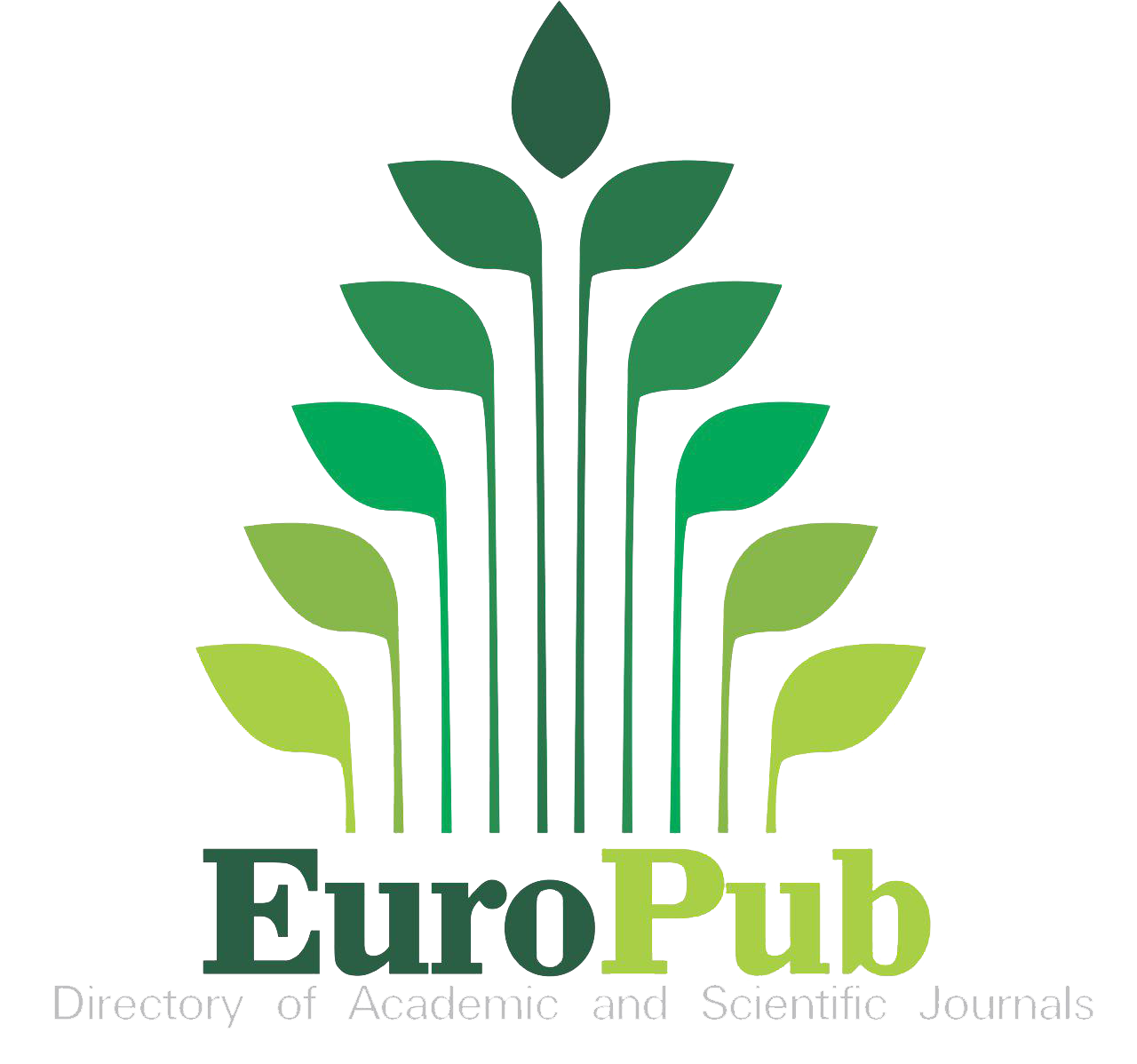Genetics of Cotton Leaf Curl Virus in Relation to Morphological Markers in Cotton (Gossypium hirsutum L.)
Keywords:
CLCuV, Cotton, Genetic, Morphological ParametersAbstract
Cotton is an important fiber crop, but its production is adversely affected by different biotic stresses, especially Cotton Leaf Curl Virus (CLCuV) stress. The objective of this study was to determine the genetic variability and inter-relationship among the morphological, yield-related, and disease-specific traits of eight cotton genotypes under CLCuV infection. The experiment was conducted under screen house conditions in a Completely Randomized Design (CRD) and replicated three times. Ten traits, including plant height, number of leaves, leaf area, leaf curling score, sympodial branches, number of bolls, boll weight, root length, biomass, and disease severity index (DSI), were assessed. Results: Genetic variation was detected for all traits among genotypes. The superior performance of genotypes 1, 2, and 3 was confirmed by the higher values of plant height (98–105 cm), leaf area (179–185 cm²), boll number (23–25), and lower DSI (12–15 %), expressing better resistance against CLCuV. In comparison, reduced growth, bolls, biomass, and higher DSI (55–60%), the genotypes 7 and 8 indicated high susceptibility. Correlation analysis revealed negative significant correlations of DSI and leaf curling score with boll number, biomass, and boll weight, along with positive correlations among growth and yield traits. These results are useful for the strategic selection of genotypes with combined morphological and resistance attributes. Genotypes having low DSI and stable yield components could be proven as important genetic resources in the breeding efforts for the improvement of CLCuV-tolerant cotton varieties.


















